Hokkaido Milk Bread
Your folders
Your folders
Servings: 5
Author : null

Ingredients
Export 7 ingredients for grocery delivery
Instructions
Step 1
Prep the Tangzhong: In a small saucepan, whisk the water and flour until no lumps remain. Heat over medium-low heat, whisking constantly, for 3 to 5 minutes, until thickened to a gel-like consistency. As soon as lines appear in the mixture when stirred, remove the pot from the heat and transfer the mixture to a small, clean bowl. Let cool to room temperature.
Step 2
Assemble the Bread: Heat the whole milk to just above room temperature, about 110°F or lukewarm to the touch (I do this simply by microwaving it for 10 to 15 seconds). Sprinkle the yeast over the milk; set aside for 5 to 10 minutes for the yeast to activate (you’ll see the milk start to foam).
Step 3
Meanwhile, in a large bowl, whisk 2½ cups of the flour and the sugar and salt. In a small bowl or a measuring cup, whisk the tangzhong, cream, condensed milk, and 1 of the eggs.
Step 4
When it’s ready, add the yeast mixture to the tangzhong mixture and whisk gently just to incorporate. Make a well in the center of the dry ingredients and pour in all of the wet ingredients. Stir with a wooden spoon until the mixture forms a loose, shaggy dough, then switch to using your hands. Knead for 4 to 5 minutes, until the dough forms a semi-smooth ball. The dough will be quite sticky—1 tablespoon at a time, sprinkle the remaining ¼ cup of the flour over the dough and your hands as you knead to keep it from sticking too much. I usually use at least 2 tablespoons and often up to the full amount, but you may not need it all.
Step 5
Add 1 tablespoon of the butter to the dough, kneading to fully incorporate before adding the remaining 1 tablespoon of the butter. The dough will be slippery and messy at this point, but just keep kneading (actually, it’s oddly satisfying), and it should eventually form a soft and pliable dough that’s easy to work with. Knead for 4 to 5 minutes more, until the dough becomes smooth and elastic.
Step 6
Place the dough in a large bowl with plenty of room; cover the bowl with plastic wrap or a damp towel. Let rise for 1 to 2 hours, until doubled. Alternatively, you can let the dough proof overnight in the refrigerator, which I prefer. It gives extra time for the gluten to develop and yields a better flavor, in my opinion. Plus, dividing the labor over 2 days makes the process much more manageable. The dough should be fine for up to 24 hours. If storing in the refrigerator, cover more tightly with plastic wrap to avoid drying out, but don't seal completely (an airtight seal can sometimes cause an alcohol-like smell to build up in the dough).
Step 7
Once the dough is doubled, turn it out and punch it down. Divide into 3 or 4 equal pieces. For each piece, roll out the dough to a long oval. Fold the oval into thirds widthwise, then flatten again. Roll the dough up lengthwise, then place into the loaf pan. Repeat with the remaining pieces.
Step 8
Let the dough rise again for about 1 hour, until nearly doubled. After about 40 minutes, heat the oven to 350°F. When the dough seems ready, test it by pressing it gently with one finger; when the indentation bounces back slowly but remains visible, the dough is ready to bake.
Step 9
Whisk the remaining egg with a splash of milk or water. Brush the egg wash over the dough. Bake for about 30 minutes, until golden brown on top. (If your heating element is at the top of your oven and the bread begins to brown too quickly, cover with foil to prevent burning.) When ready, the bread will sound hollow when tapped. Let cool slightly, then slice and enjoy!
Top similar recipes
Curated for youYour folders
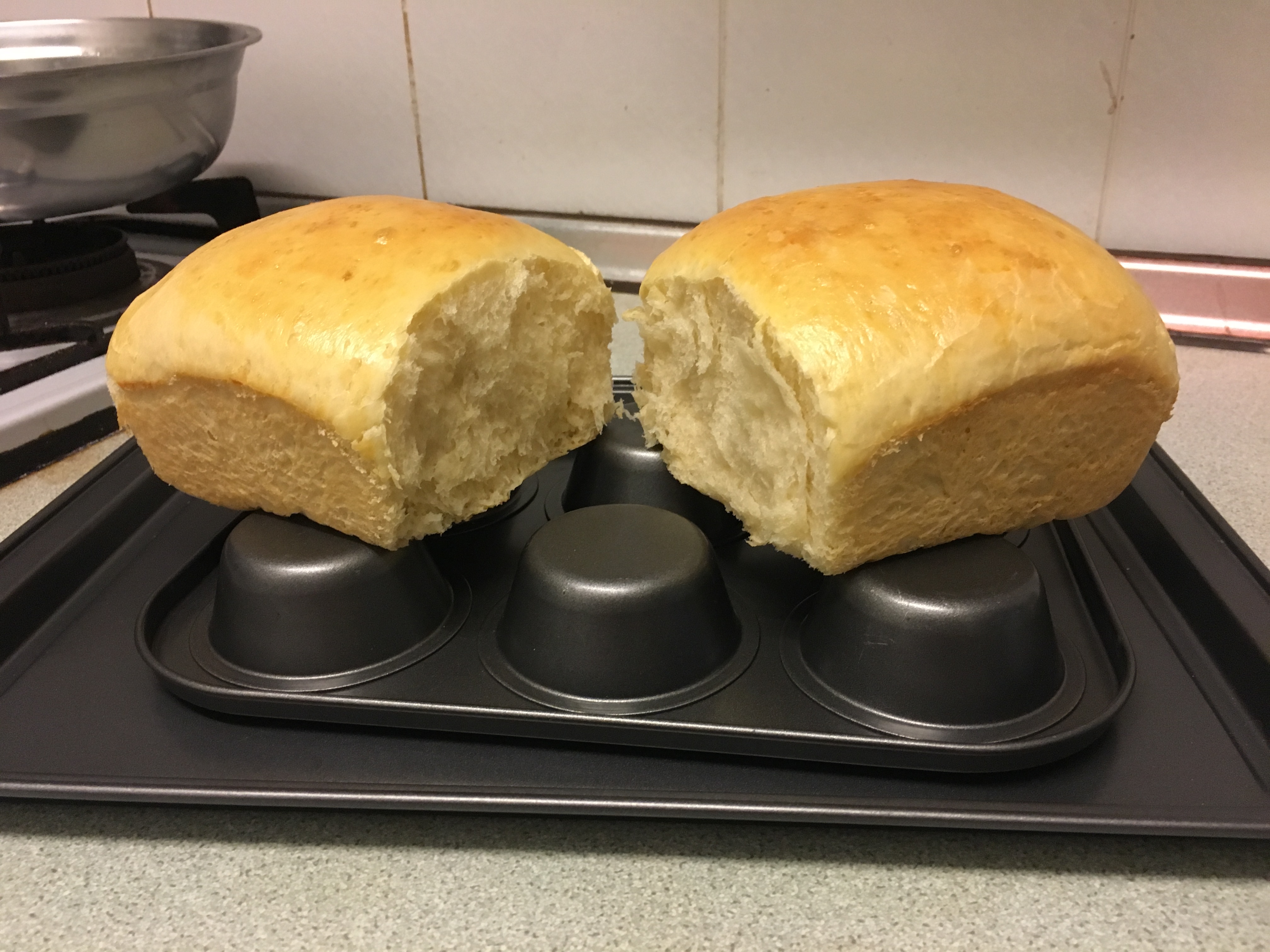
 262 views
262 viewsHokkaido Milk Bread
allrecipes.com
4.3
(3)
35 minutes
Your folders
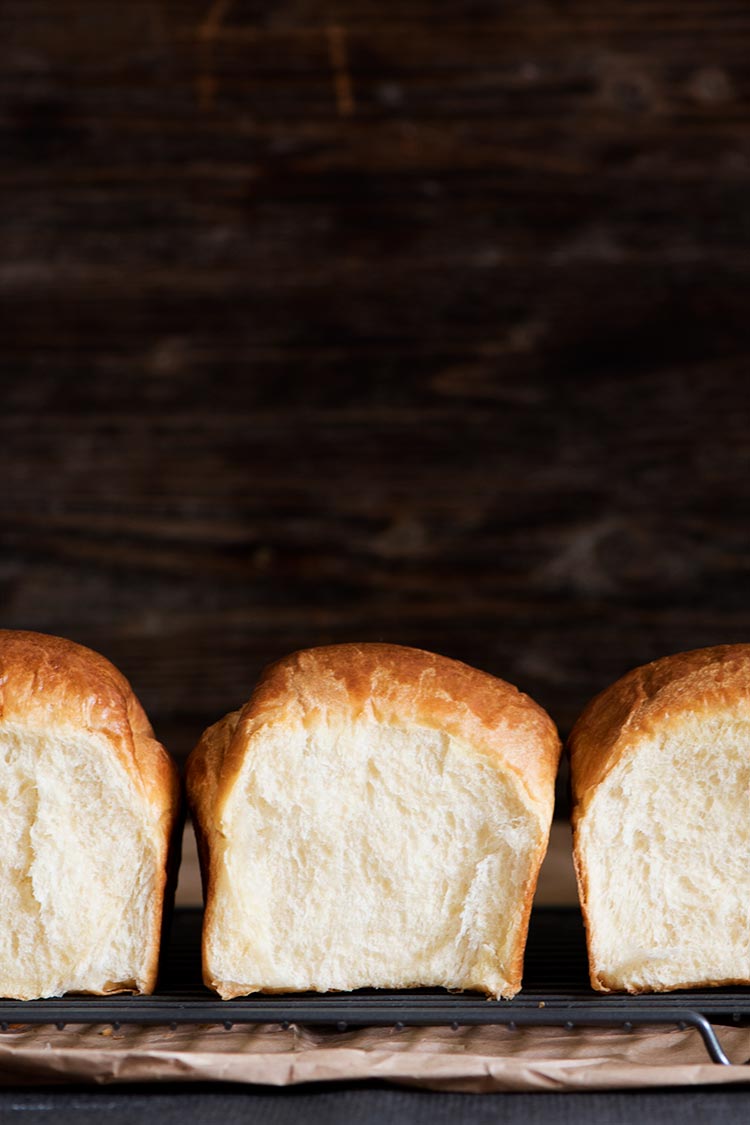
 444 views
444 viewsHokkaido Milk Bread
curiousnut.com
70
Your folders
 96 views
96 viewsHokkaido Milk Bread
curiousnut.com
70
Your folders
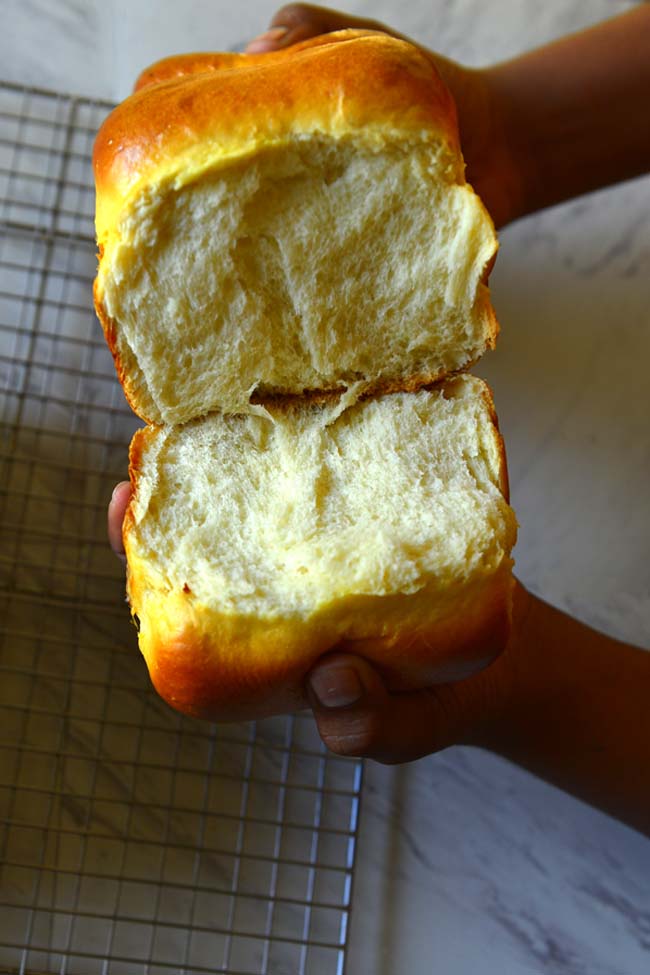
 256 views
256 viewsHokkaido Milk Bread
oventales.com
4.2
(17)
40 minutes
Your folders

 273 views
273 viewsHokkaido Milk Bread
mildlymeandering.com
4.6
(676)
35 minutes
Your folders

 151 views
151 viewsHokkaido Milk Bread
tiffinandteaofficial.com
5.0
(3)
Your folders
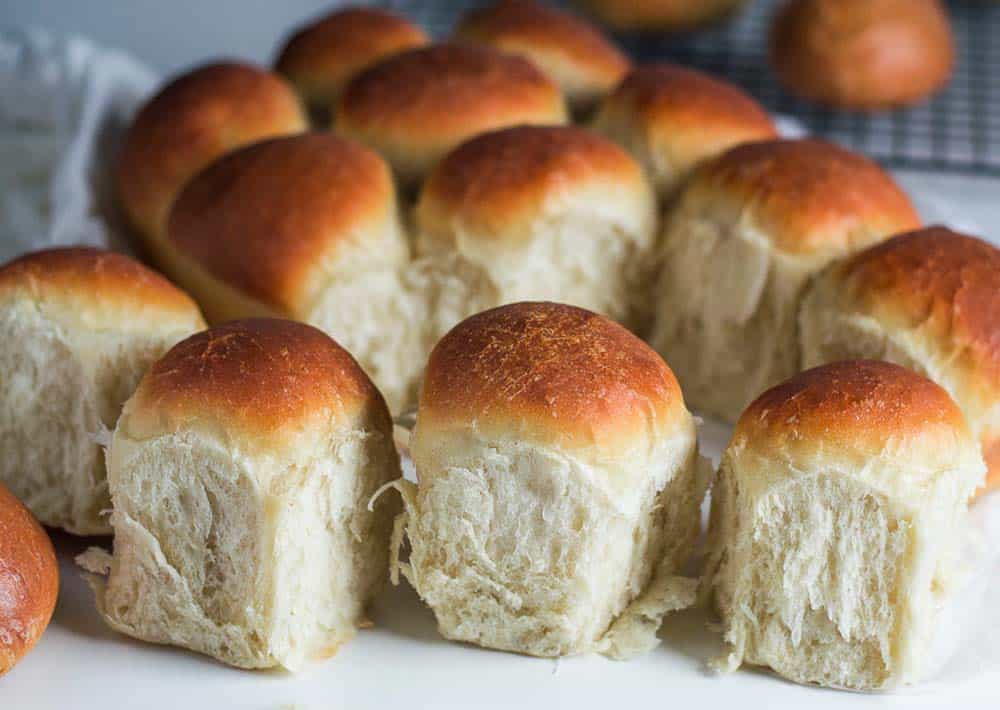
 526 views
526 viewsSourdough Hokkaido Milk Bread
theflavorbells.com
5.0
(4)
40 minutes
Your folders
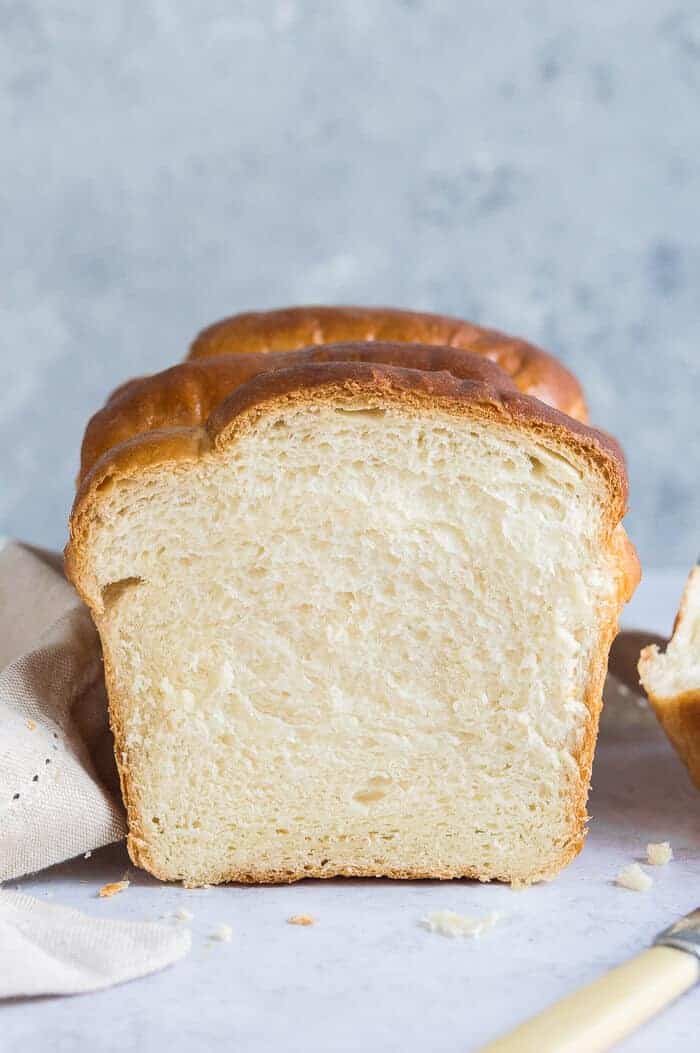
 275 views
275 viewsVegan Hokkaido Milk Bread
domesticgothess.com
4.9
(28)
40 minutes
Your folders
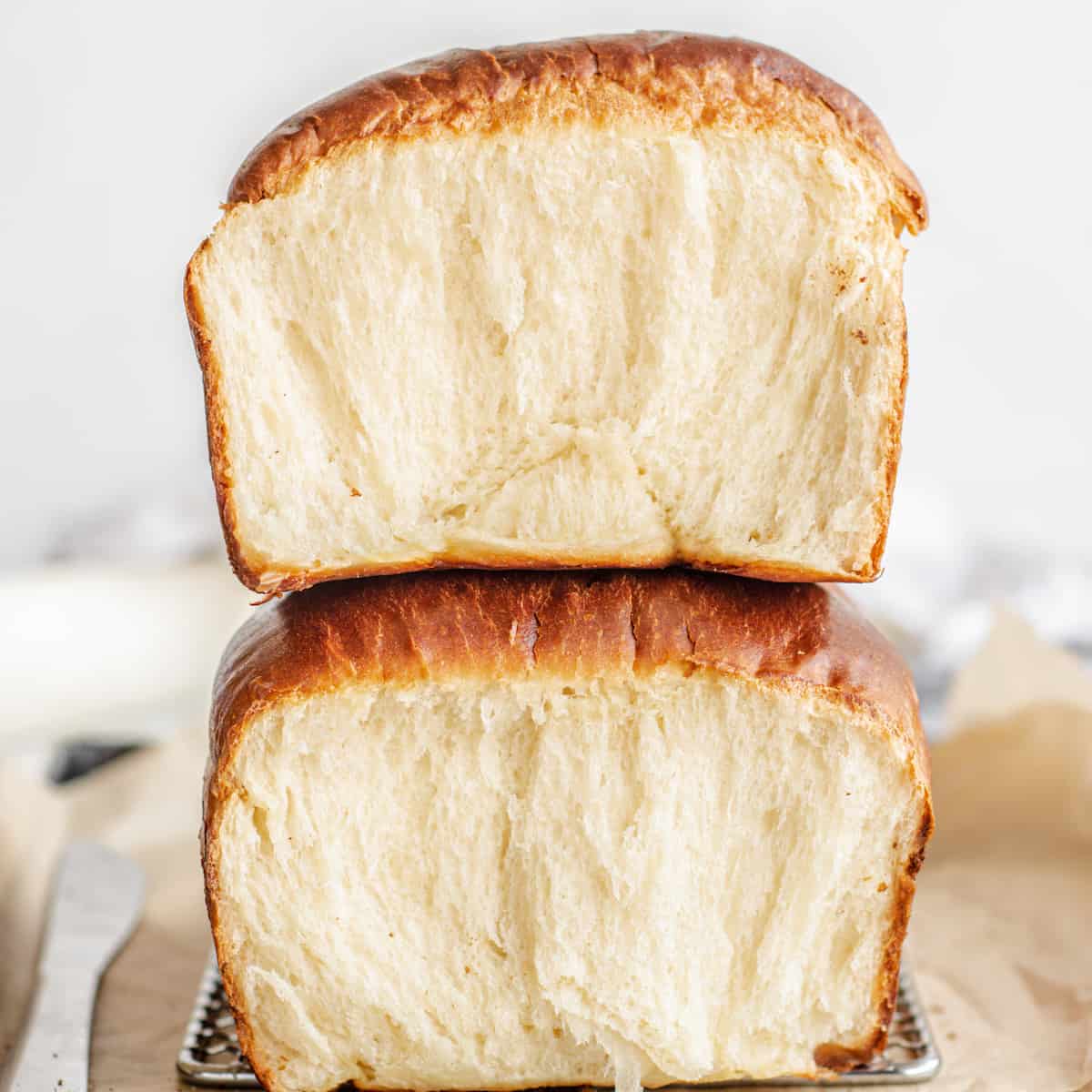
 194 views
194 viewsHokkaido Milk Bread Recipe
bakingwithbutter.com
5.0
(12)
35 minutes
Your folders
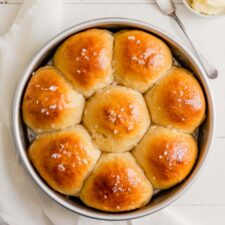
 1243 views
1243 viewsJapanese Milk Bread Rolls (Hokkaido...
zestfulkitchen.com
5.0
(6)
40 minutes
Your folders

 100 views
100 viewsHokkaido Milk Bread (Fluffy Japanes...
steamandbake.com
4.2
(13)
35 minutes
Your folders
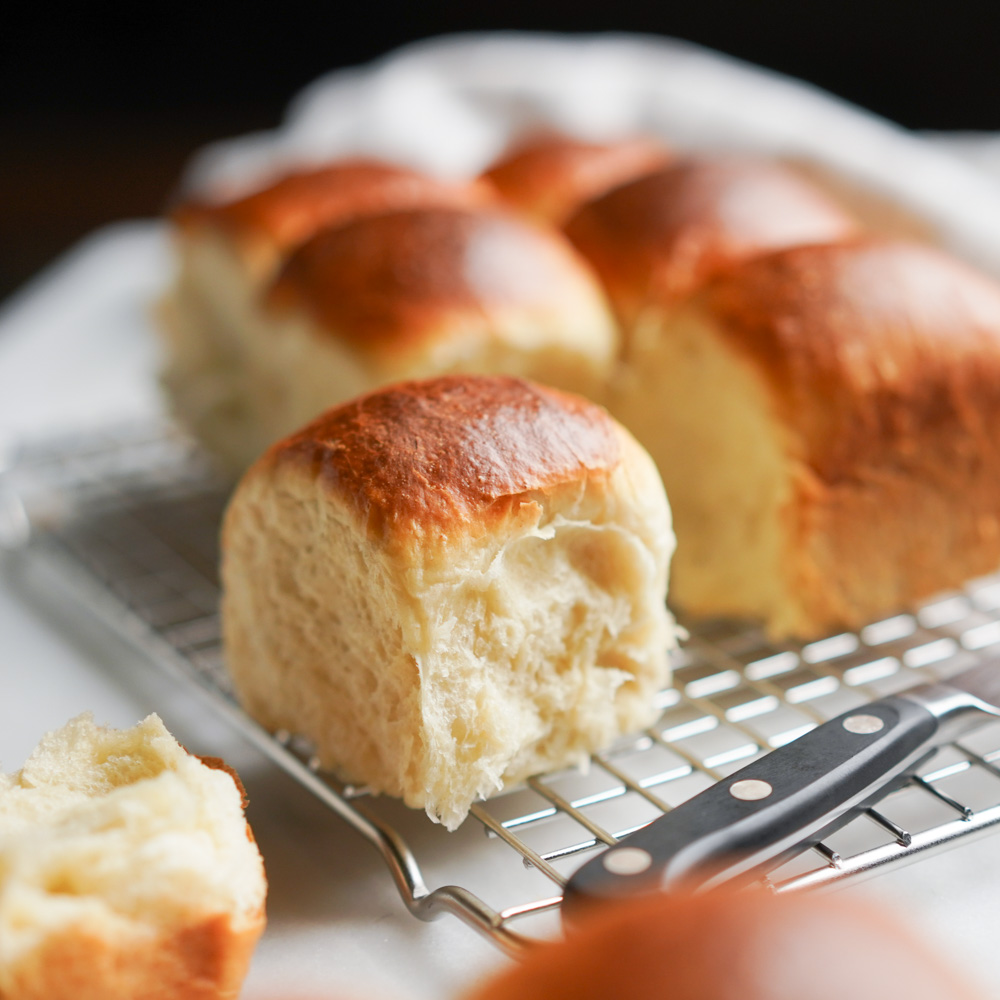
 520 views
520 viewsJapanese Milk Bread Recipe (Hokkaid...
hungryhuy.com
5.0
(2)
20 minutes
Your folders

 14 views
14 viewsHokkaido Milk Tea
sweetpeaskitchen.com
Your folders
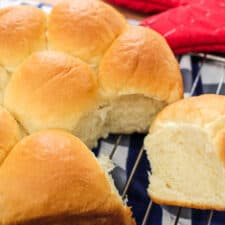
 435 views
435 viewsHokkaido Milk Bread (Soft, Fluffy A...
hot-thai-kitchen.com
5.0
(2)
Your folders

 301 views
301 viewsHokkaido Milk Bread with Cinnamon S...
fowlbakes.wordpress.com
Your folders
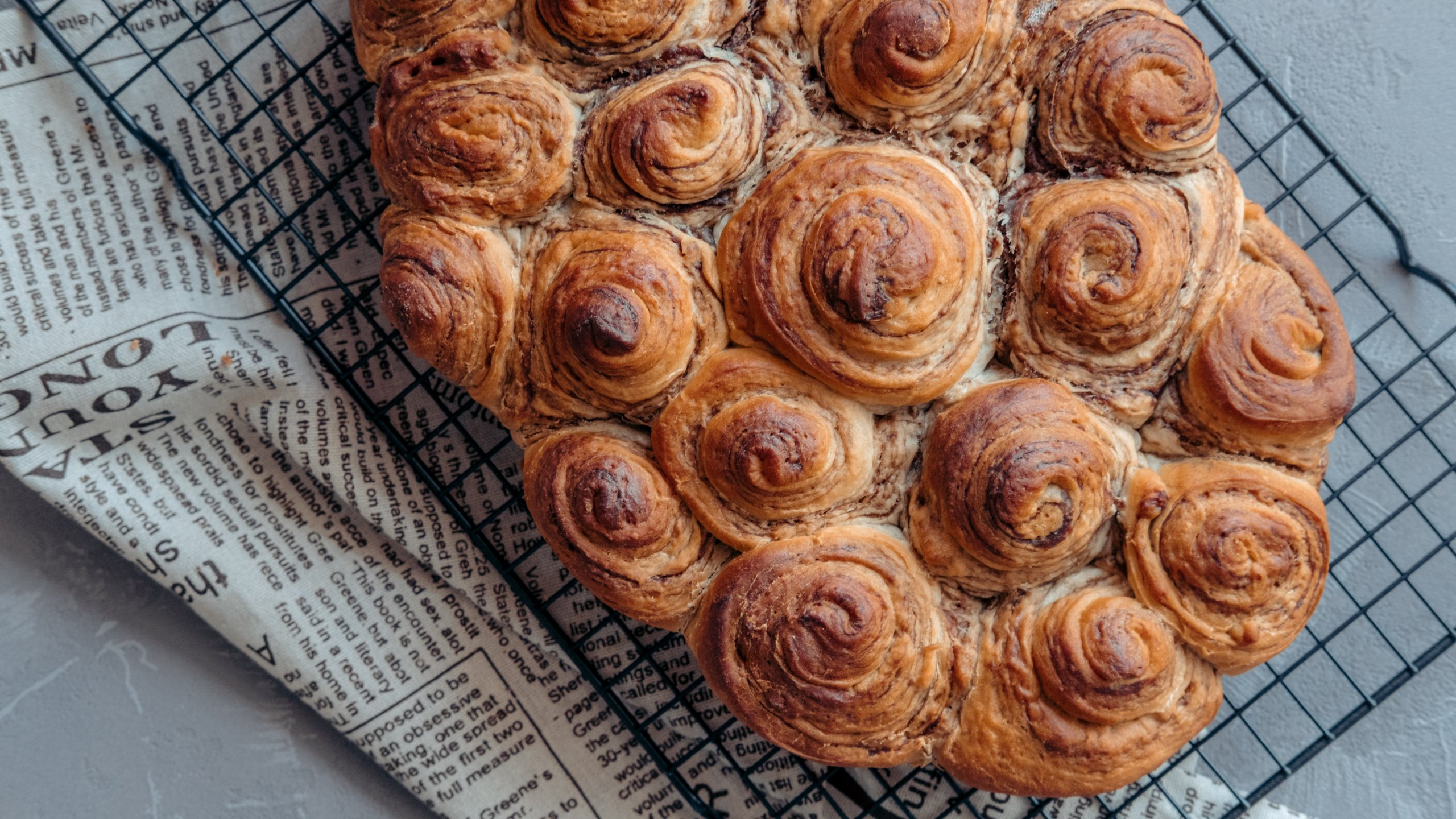
 282 views
282 viewsChocolate Marble Japanese Hokkaido ...
yuzubakes.com
4.8
(4)
Your folders

 257 views
257 viewsHokkaido Milk Bread: The Tangzhong ...
dessertfirstgirl.com
Your folders
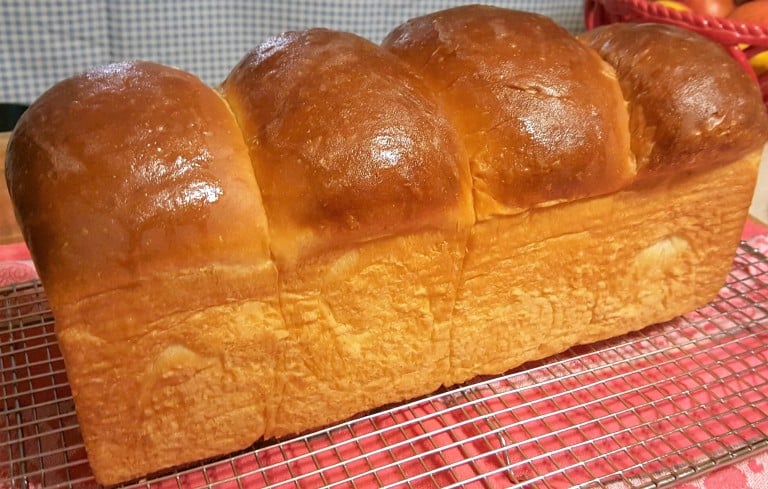
 217 views
217 viewsHokkaido Milk Sandwich Loaf
thisoldgal.com
5.0
(17)
45 minutes
Your folders

 360 views
360 viewsHokkaido Milk Bread using the Tang...
karenskitchenstories.com